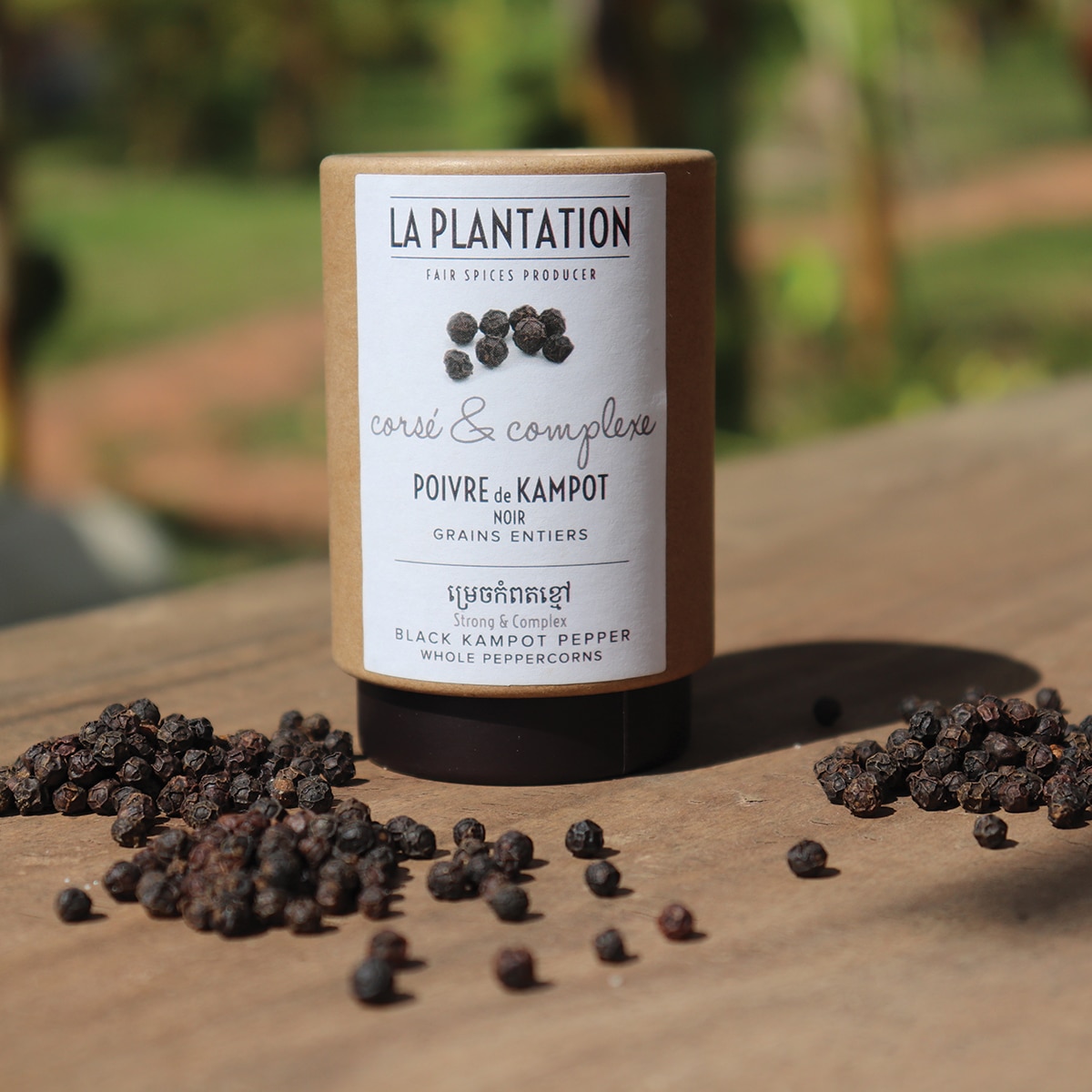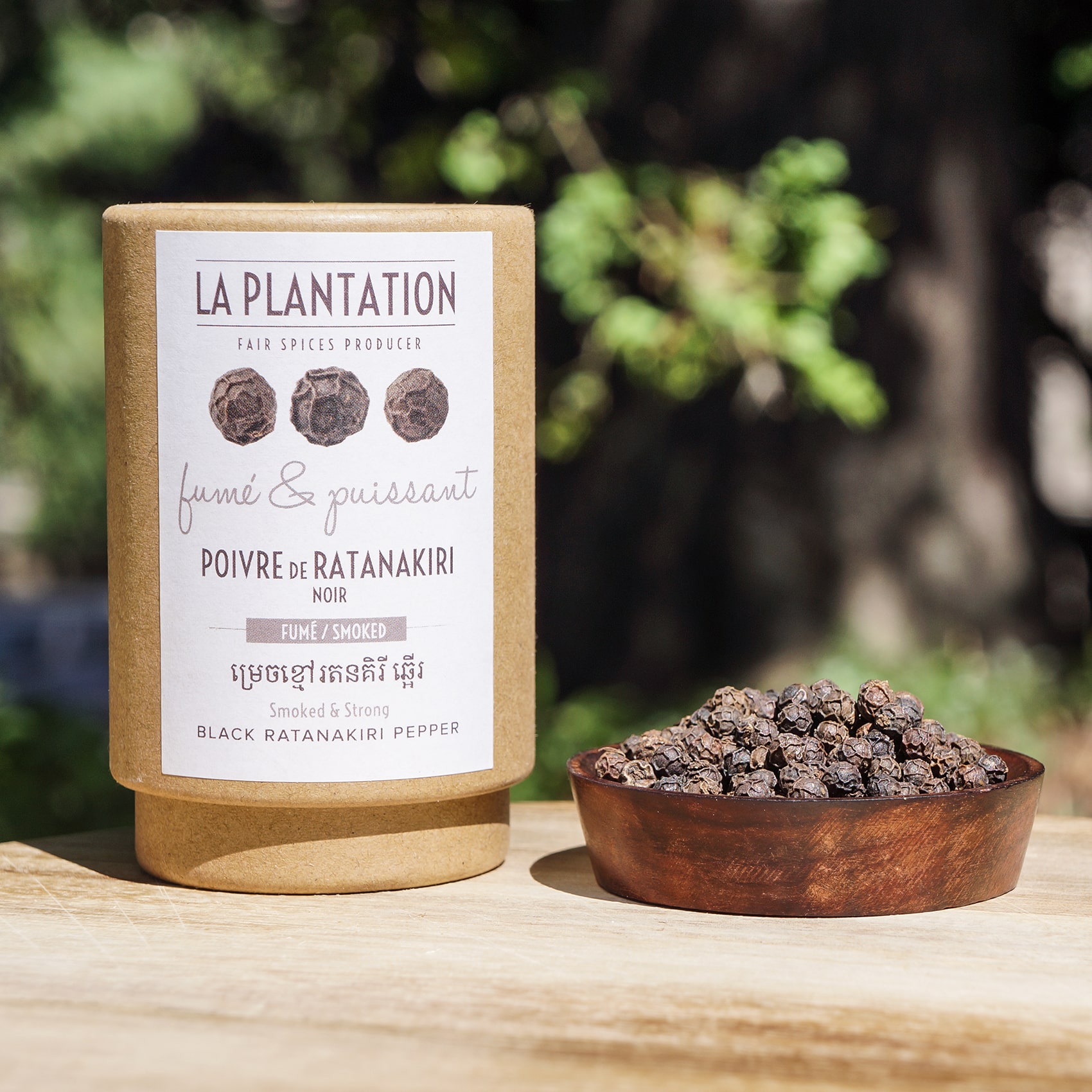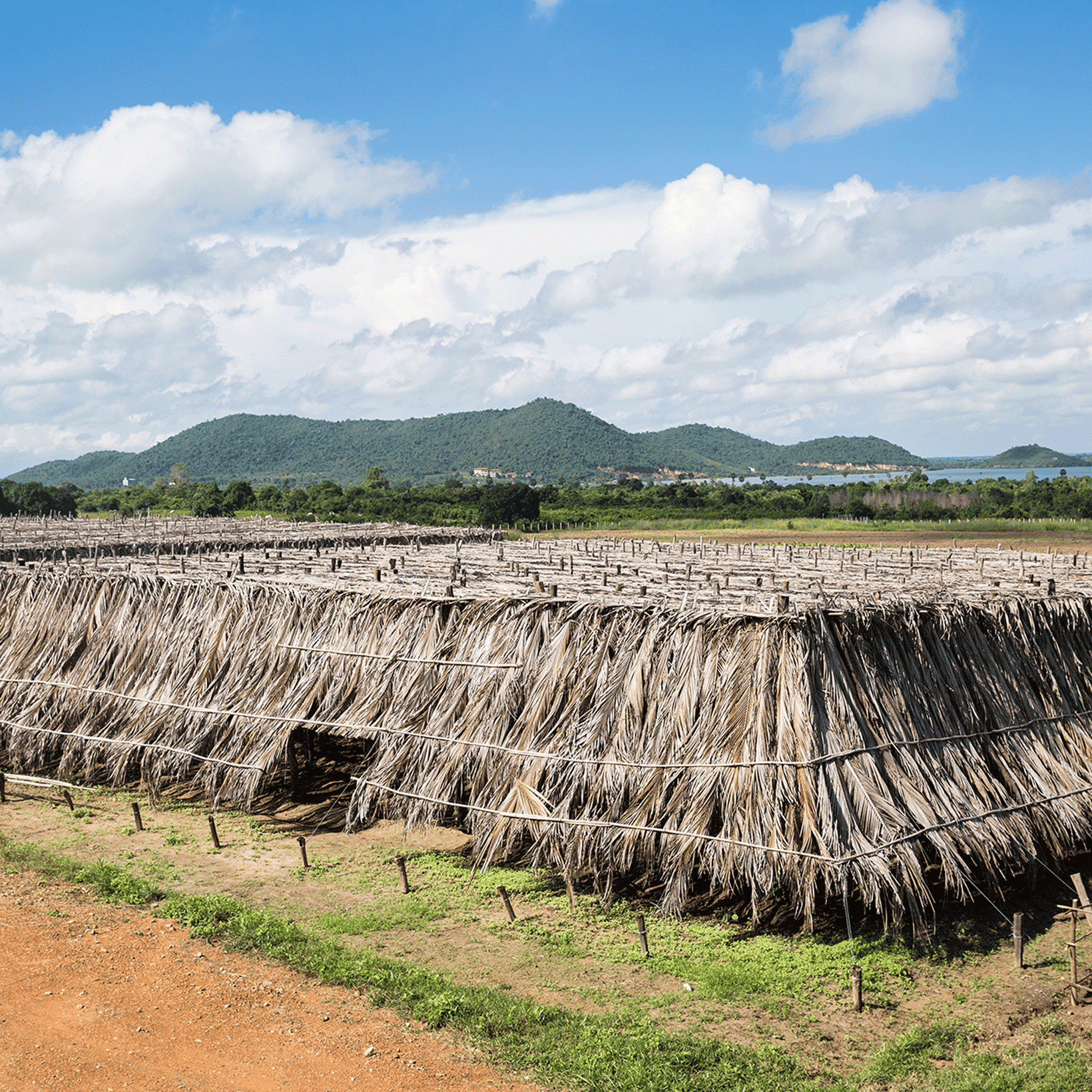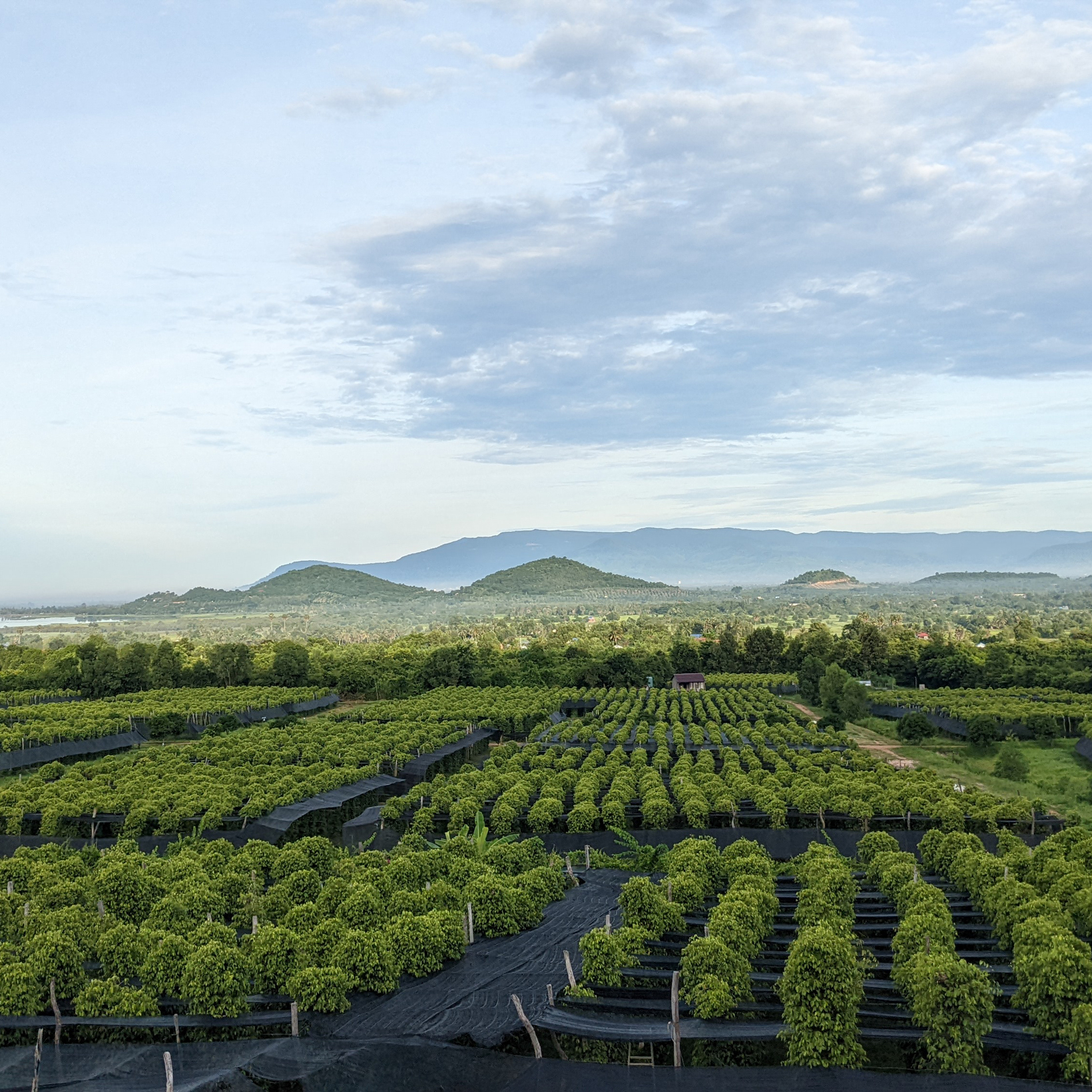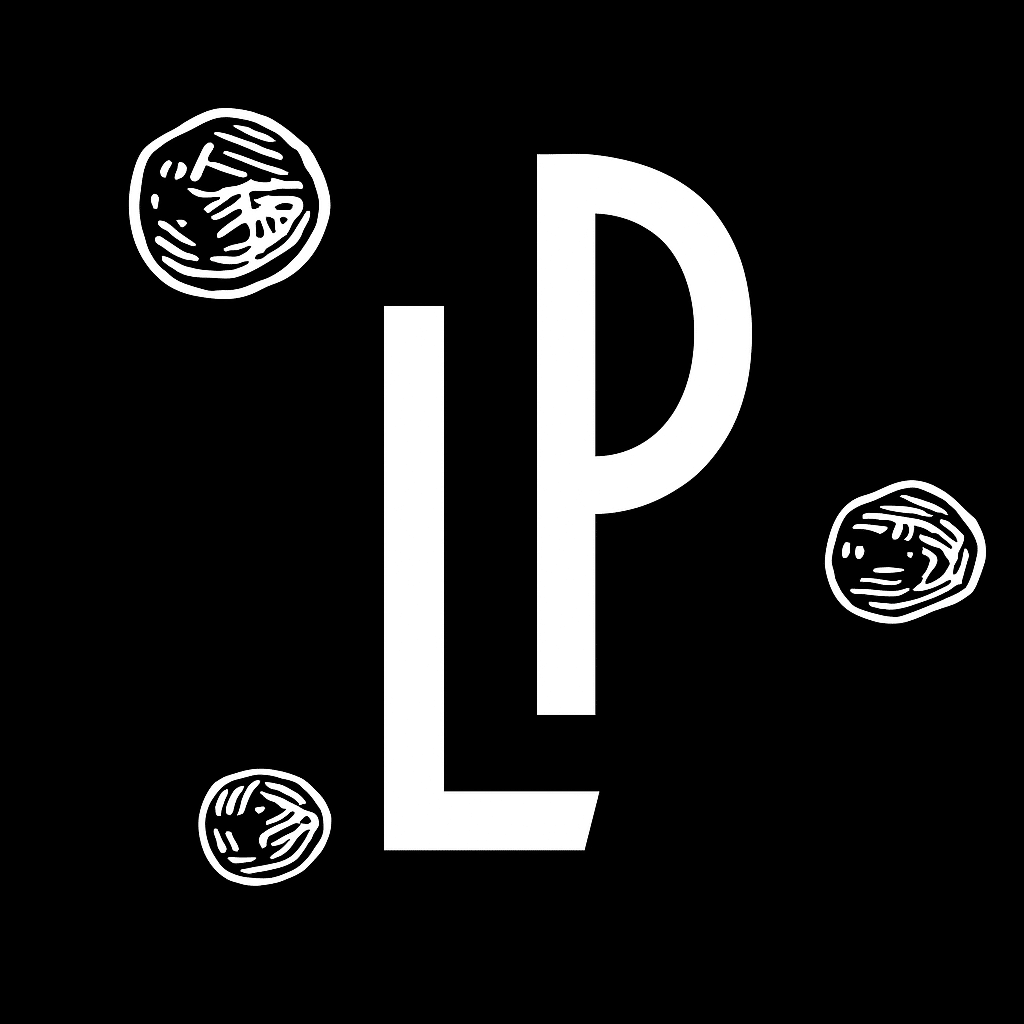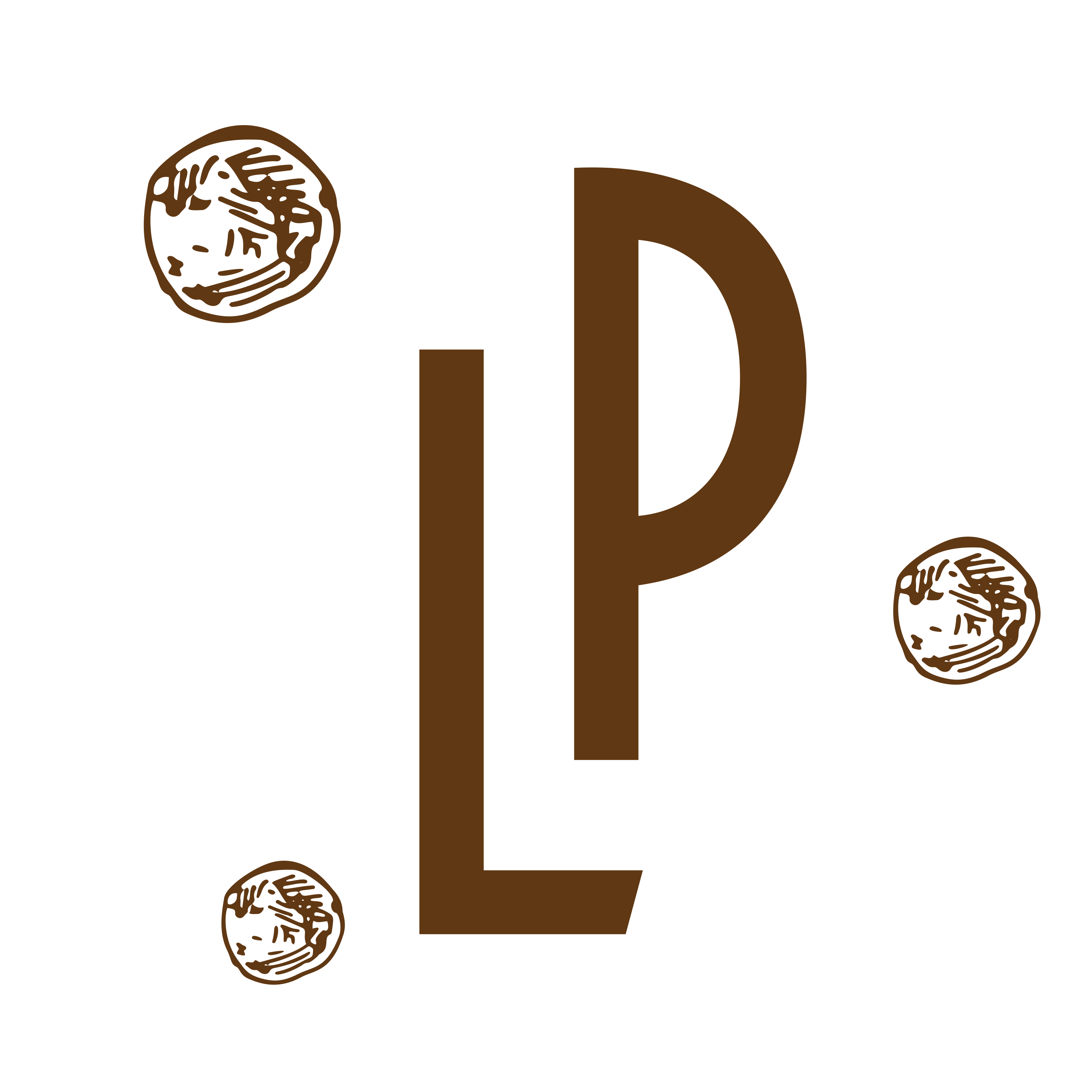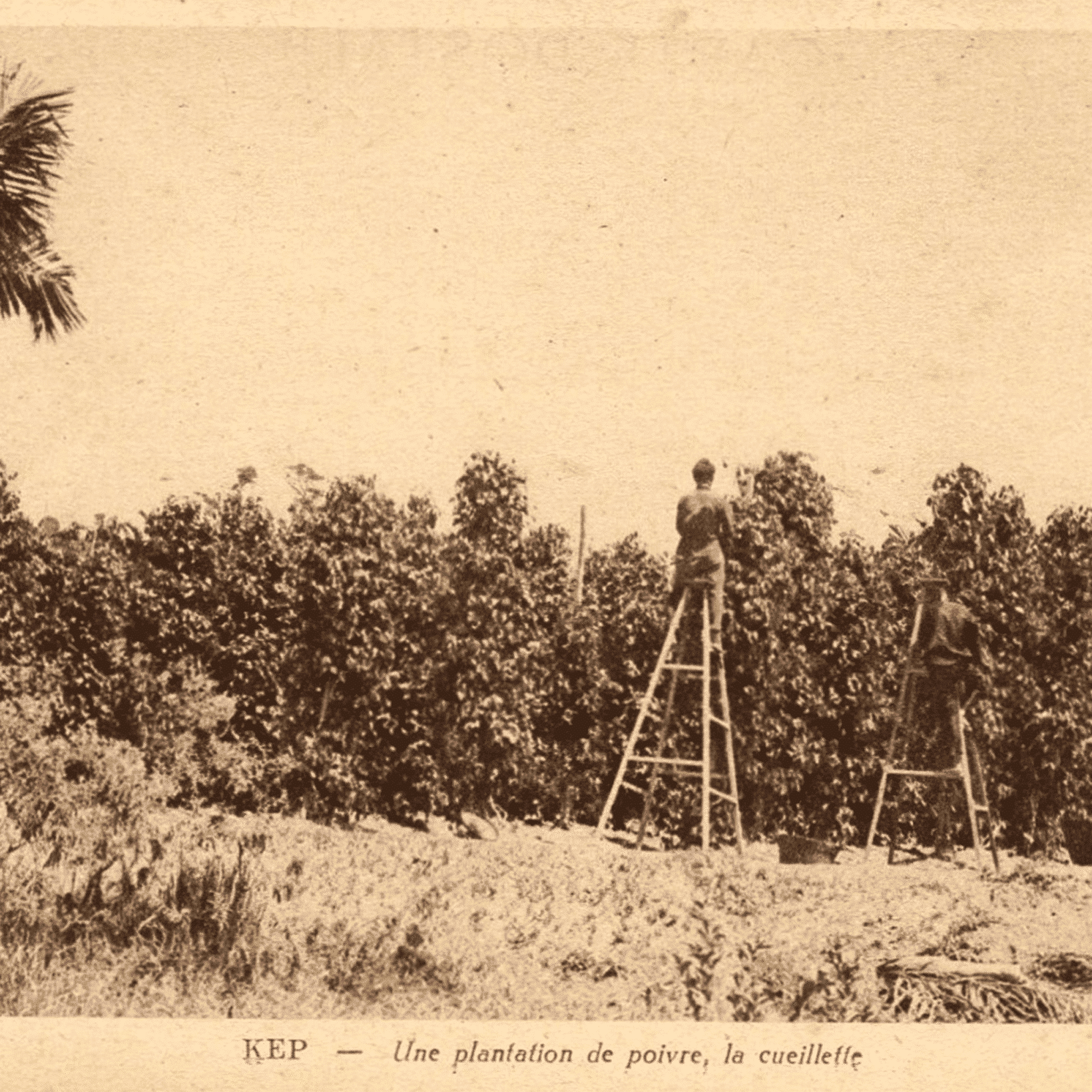
We tell you all about the history of Kampot pepper and its PGI
Kampot Pepper during the Protectorate period
Cambodia came under French protectorate in 1863. At that time, for the French, Kampot in Cambodia was synonymous with pepper.
But it wasn’t until the end of the 19th century and the beginning of the 20th that the Kampot region experienced a veritable “pepper fever”. Intensive pepper cultivation in Cambodia dates back to the beginning of the Aceh War (1873-1908), when the Sultan of Aceh, Mansur Shah, had his pepper plantations burnt down in 1873-1874 so as not to let this wealth fall into the hands of his Dutch enemies (part of the production had relocated to Cambodia, in the Kampot region).
In 1874, Thomas Caraman wrote about Kampot pepper: “The Kampot provinces are especially suited to the cultivation of this piperaceae, which requires very serious care. So it is the Chinese who grow it entirely or more or less in the rich valley of the Kampot river.
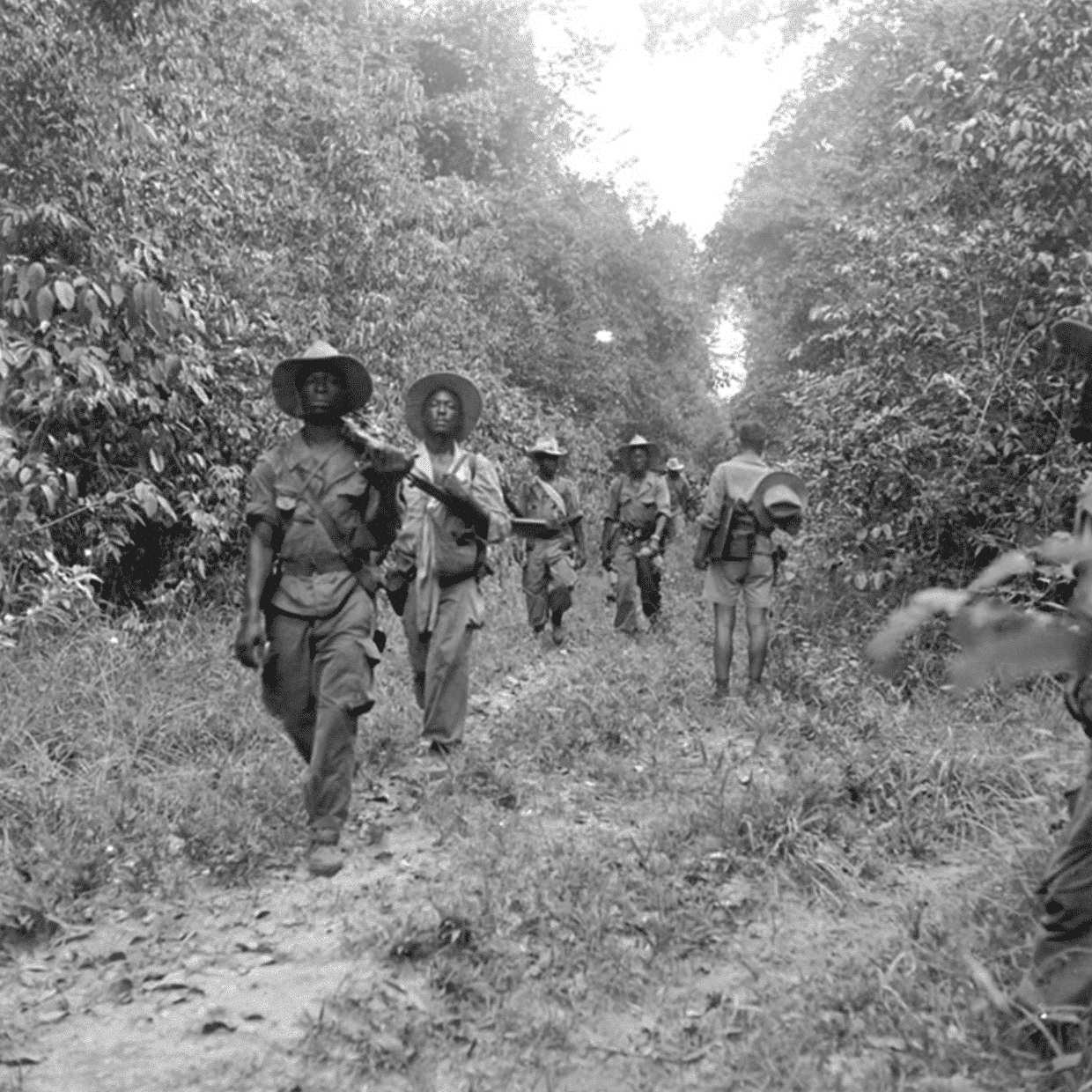
The Chinese of Hainan, pepper growers
Pepper fever in the Kampot region at the end of the 19th century and the beginning of the 20th was mainly the result of Chinese emigrants from Hainan, an island in southern China. Pepper has shaped the appearance of provincial towns such as Kampot, and some villages, such as Damnak Changaeu, have the appearance of a Chinese village, with their brick houses on the ground and their Taoist temple, all adorned with inscriptions in Chinese.
The Hainanese established pepper plantations in the province, where the soil was ideal for this crop. During the colonial era, this community grew rapidly, keeping pace with the plantations and the development of the Kampot pepper market.
In France, all the pepper imported came from the region, as it was already renowned for its exceptional qualities. It was then known as Indochinese pepper.
From the end of the 19th century, Kampot pepper was protected by the “colonial pact”, with reduced taxes at first, then exempted on arrival in mainland France.
As a result, production rose from 1,350 to 3,500 tonnes between 1899 and 1902, before stabilising at an average annual output of 2,000 tonnes until the end of the protectorate.
Even today, the majority of Kampot pepper-growing families are of Chinese origin, with ancestors from Hainan.
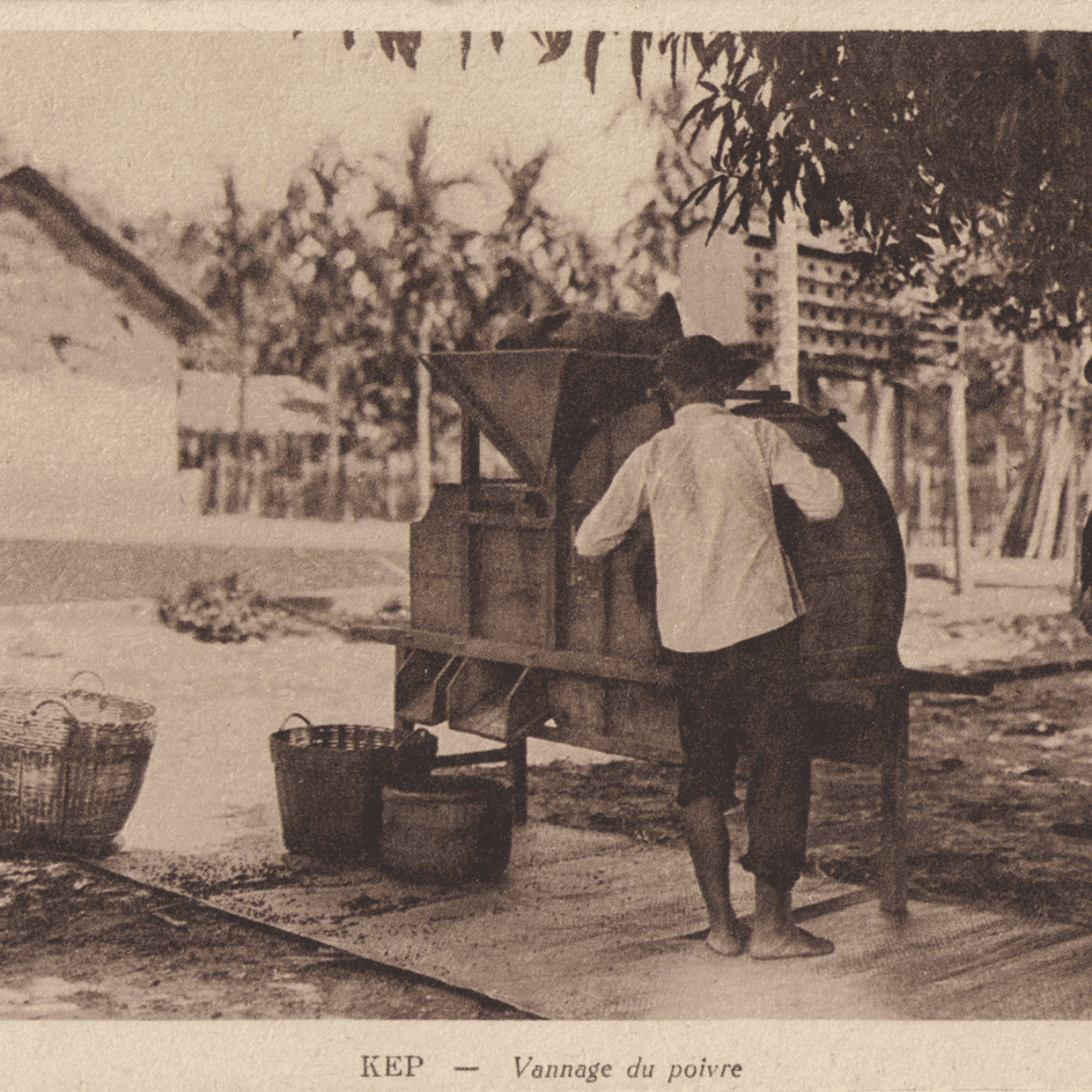
Kampot pepper in decline until 2005
With the end of the colonial pact and independence in 1953, and the opening up to international competition, pepper growing began to decline.
At the end of the 20th century, the civil war from 1970 to 1975, the Khmer Rouge tragedy and the crackdown on the Chinese from 1975 to 1979, as well as Cambodia’s isolation, led to the abandonment of most pepper plantations and associated equipment.
The pepper plantations in Kampot were virtually all abandoned, but fortunately there was still a good knowledge of the traditional method of cultivation in the families, who had been growing pepper for many generations. The small crops that had survived in the province enabled production to be resumed through the process of cuttings.
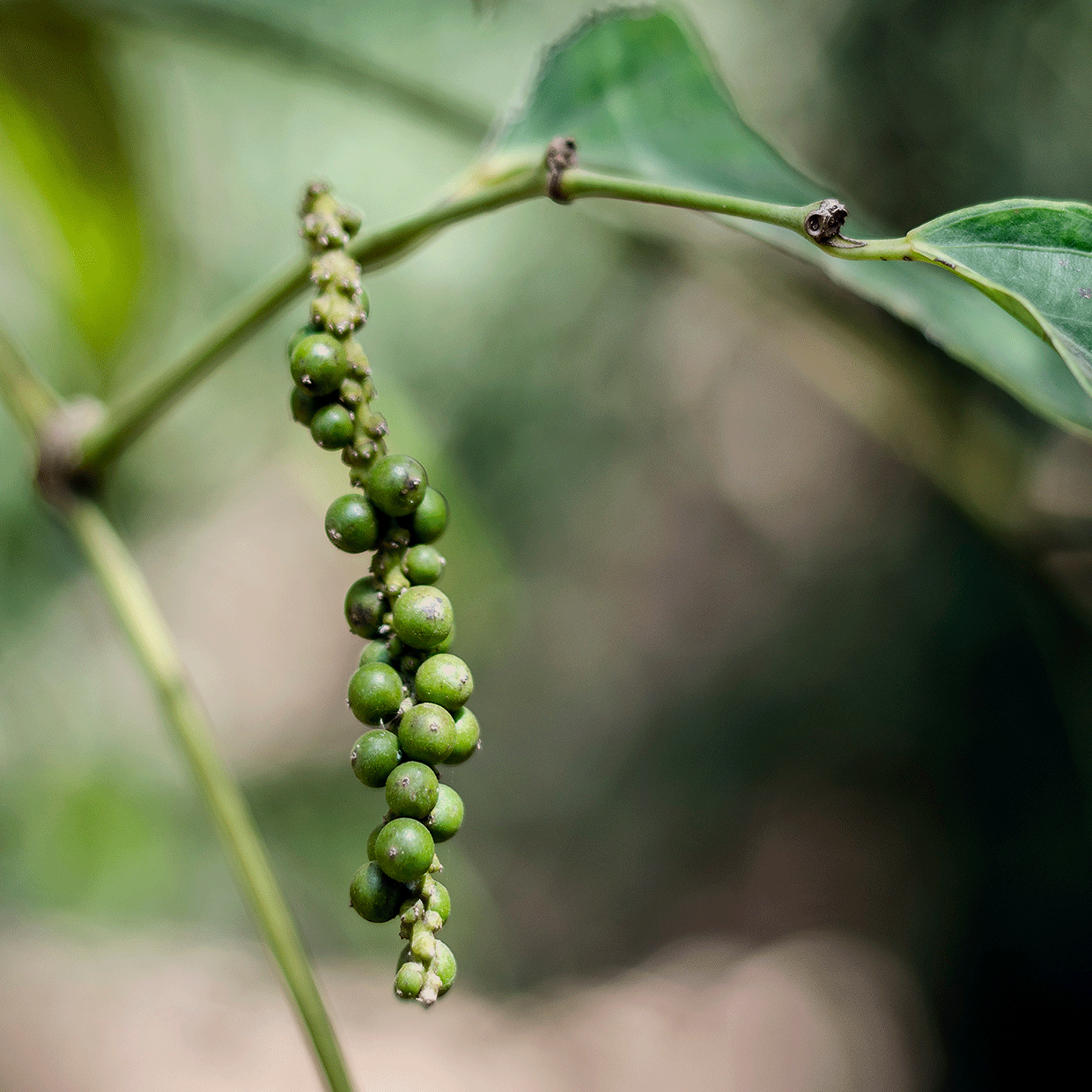
The Kampot Pepper Renaissance and the PGI
Little by little, family producers have formed associations to find international markets. At the request of the Cambodian authorities, AFD (Agence Française de Développement) has looked into the possibility of Cambodian products benefiting from a Protected Geographical Indication (PGI).
In April 2010, Kampot Pepper was officially granted PGI status by the Cambodian Ministry of Trade, followed by recognition at European level in 2016.
The Kampot Pepper PGI is international recognition for a pepper that stands out for its exceptional terroir, monsoon climate and centuries-old cultivation, harvesting and processing methods. The archives found for our book show that the methods used to grow this pepper are very similar to those used today. A traditional culture where the hand of man and woman are the guarantors of this exceptional quality.
The Kampot Pepper PGI is controlled by an association, KPPA (Kampot Pepper Promotion Association), which guarantees compliance with the specifications and quality control for the Kampot Pepper appellation. This governs the rules for setting up a plantation and its natural cultivation method, with no unnatural fertilisers or pesticides added. The harvesting, drying and manual sorting processes, grain by grain, are also listed in these specifications, which make Kampot Pepper an exceptional product with characteristic aromas, recognised by chefs and gourmets as the best pepper in the world.
How can you recognise genuine Kampot Pepper?
The fight against fraud is also an important part of the KPPA association, and all producers have a duty to defend the unique quality of Kampot Pepper.
At La Plantation, every grain of PGI Kampot Pepper is sorted by hand, removing any broken or off-coloured grains, and removing the part of the tail still attached to the bunch. This is an essential step in bringing you an exceptional Kampot Pepper with large, perfect black seeds.
This quality is approved by the KPPA association, which issues us with a certificate of conformity for each export, guaranteeing the quality and traceability of each packet of pepper.
So it’s important that you know how to recognise genuine Kampot Pepper, preferably by buying packets labelled Kampot Pepper, with the PGI logo and the identification number of the farmer or exporter. There’s no doubt about it, all our packets are packaged directly at our Kampot Farm!
